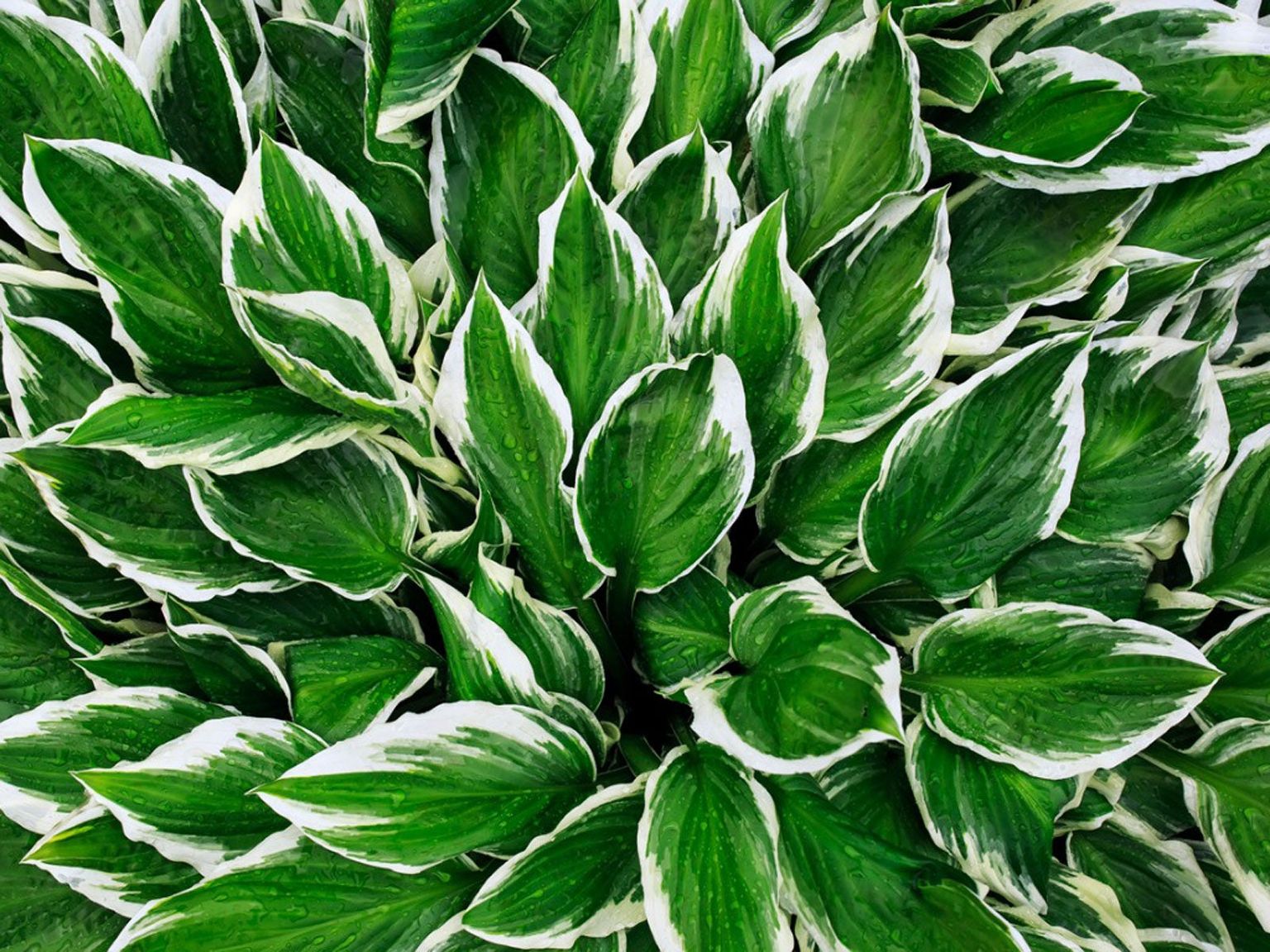How To Grow And Care For A Firethorn Plant
Pyracantha Care Guide: How To Grow Firethorn Pyracantha, also known as firethorn, is a hardy and beautiful shrub that is native to Asia and Europe. It is prized for its brilliant display of berries, which ranges in color from deep red to orange and yellow. In addition to its striking beauty, pyracantha is also a tough and versatile plant that can be trained to grow against a wall or used as a hedge. In this comprehensive guide, we'll take a closer look at how to grow and care for pyracantha to ensure that you can enjoy its vibrant colors and bold form for years to come. Plant Attributes Pyracantha prefers full sun to partial shade and can grow in a wide range of soil conditions, although it prefers fertile, well-drained soil. It is also highly tolerant of poor soil and drought conditions, making it an ideal choice for gardens with challenging growing conditions. Pyracantha is a relatively slow-growing shrub that can reach heights of up to 15 feet and widths of up to 10 feet, making it an excellent choice for incorporating into mixed borders, hedges, or as a specimen plant in a container or on a patio. Plant Care Pyracantha is a fairly low-maintenance plant that requires little attention beyond regular watering and occasional fertilization. During the growing season, pyracantha should be watered deeply once or twice a week, depending on the weather conditions. It's worth noting that pyracantha does not like to be waterlogged or to sit in standing water, so it's important to ensure that the soil drains well. Fertilizer should be applied in early spring and again in late summer, using a slow-release granule or a liquid fertilizer according to the manufacturer's instructions. Pruning Pruning pyracantha is an important part of maintaining its shape and promoting healthy growth. Pyracantha should be pruned in late winter or early spring, before new growth begins. The main goal of pruning is to remove any dead or diseased wood, as well as to thin out the interior of the shrub to improve airflow and light penetration. Pyracantha can be trained to grow against a wall or fence or along a trellis, in which case it should be pruned to maintain its shape and to remove any wayward shoots. It's worth noting that pyracantha has sharp thorns, so it's important to wear gloves and protective clothing when pruning. Propagation Pyracantha can be propagated from seed or cuttings. Seeds should be planted in the fall or winter in a well-prepared seedbed and kept moist until germination, which can take several weeks. Cuttings should be taken in mid- to late summer, using firm, non-flowering shoots that are about 3-4 inches long. The cuttings should be taken early in the day and placed immediately in a bucket of water to prevent them from drying out. After removing the lower leaves, the cuttings should be dipped in rooting hormone and placed in a pot or seed tray filled with well-draining soil. The cuttings should be kept moist and placed in a warm, bright location until roots form, which can take several weeks. Potting & Repotting Pyracantha can be grown in a container, which makes it an ideal choice for small gardens or patios. When planting pyracantha in a container, it's important to choose a large pot that is at least 18 inches in diameter and has good drainage. The pot should be filled with a well-draining potting mix that contains peat, perlite, and sand. Pyracantha should be repotted every two to three years, or whenever the roots have outgrown the pot. When repotting, the plant should be gently removed from its pot, and excess soil and roots should be removed from around the root ball. The plant should then be replanted in a slightly larger container with fresh potting mix. Common Pests & Plant Disease Pyracantha is relatively resistant to pests and diseases, but it can be susceptible to a few common problems. One of the most common pests is spider mites, which can cause yellowing and leaf drop. Spider mites can be controlled by spraying the plant with insecticidal soap or neem oil. Another common pest is aphids, which can cause stunted growth and yellowing leaves. Aphids can be controlled by spraying the plant with a strong jet of water or by using natural predators such as ladybugs. Pyracantha can also be susceptible to fire blight, a bacterial disease that can cause leaves to wilt and blacken. If fire blight is suspected, infected branches should be pruned immediately and destroyed. Common Problems One of the most common problems with pyracantha is leaf scorch, which can cause the leaves to turn yellow and fall off. Leaf scorch is usually caused by overwatering, high humidity, or a lack of airflow around the plant. To prevent leaf scorch, it's important to ensure that the soil drains well and that the plant is located in a spot that receives plenty of sunlight and air circulation. Another common problem is bird damage, as pyracantha berries are a popular food source for birds. To prevent bird damage, it may be necessary to cover the plant with netting or to plant it in a spot where it is less accessible to birds. In conclusion, pyracantha is a beautiful and versatile shrub that is well-suited to a wide range of growing conditions. With a little bit of care and attention, pyracantha can provide years of colorful and rewarding growth, whether grown in the ground or in a container. Whether you're looking to incorporate pyracantha into a mixed border, use it as a hedge, or grow it in a container on a patio, this comprehensive guide has everything you need to know to ensure that your pyracantha thrives and flourishes. 


www.thespruce.com
diygarden.co.uk
diygarden.co.uk



:max_bytes(150000):strip_icc()/feather-reed-grass-1402906_01-4d5eec0449444ebc8e8665d19b4eb0e7.jpg)
Post a Comment for "How To Grow And Care For A Firethorn Plant"